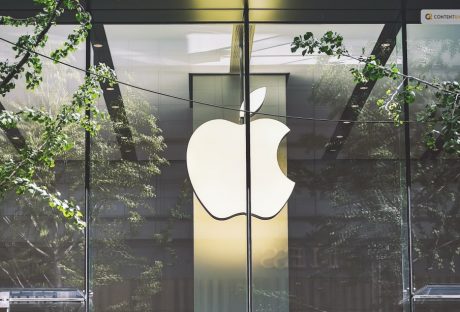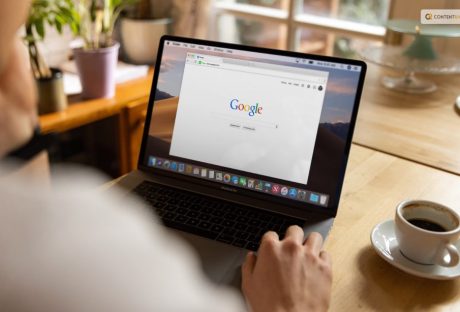At the General Audience, Pope Francis has reflected on the first Nativity scene that was created 800 years ago by St Francis in the small Italian town of Greccio.
Pope Francis returned to the image of the creche which was inaugurated 800 years ago by St Francis of Assisi.
The Pope explained the reason behind organizing a living Nativity in the small UMbrian town pf Greccio. He said, St. Francis was not trying “to create a beautiful work of art, but, through the Nativity scene, to provoke amazement at the extreme humility of the Lord, at the hardships He suffered, for love of us, in the poor grotto of Bethlehem.”
He identified two characteristics of the Nativity scene: soberness and joy.
The first characteristic is starkly in contrast to the reality of Christmas given the hyper-consumerism that the holiday now signifies. He proclaimed that “the Nativity scene was created to bring us back to what truly matters: to God Who comes to dwell among us.”
The Pope further said that the Nativity scene is not just for children but adults too.
“Children — but adults too! — often love to add to the Nativity scene other figures that have no apparent connection with the Gospel accounts. “Yet, each in its own way, these fanciful additions show that in the new world inaugurated by Jesus there is room for whatever is truly human and for all God’s creatures. From the shepherd to the blacksmith, from the baker to the musicians, from the women carrying jugs of water to the children at play: [A]ll this speaks of the everyday holiness, the joy of doing ordinary things in an extraordinary way, born whenever Jesus shares his divine life with us.”
Eight centuries later in Greccio, the Franciscan friars have rejoined the Nativity scene themselves.
Additional Reading:






















